class: center, middle, inverse, title-slide # Week 10: Terrorism ## Definitions, again: What is terrorism? ### Danilo Freire ### 12 November 2019 --- <style> .remark-slide-number { position: inherit; } .remark-slide-number .progress-bar-container { position: absolute; bottom: 0; height: 6px; display: block; left: 0; right: 0; } .remark-slide-number .progress-bar { height: 100%; background-color: #EB811B; } .orange { color: #EB811B; } </style> # Last week we saw that .font150[ * Genocides are hard to prevent, maybe even harder than civil wars * Leaders are often resolute in their decisions to attack civilians * Peace-keeping operations reduce the duration and incidence of mass killings * But they are deployed only to the worst cases * Previous conflicts predict both mass killings and PKO deployment ] --- # Last week we saw that .font150[ * Most genocides end when the perpetrators achieve their goals * Recently, domestic opposition groups and international interventions have succeeded in ending genocide * PKO used to side with the perpetrators, yet there's evidence that they only work when they support the opposition * There's no evidence that economic sanctions work in reducing the chances of genocide outbreak or duration ] --- class: inverse, center, middle # A brief history of terrorism <html><div style='float:left'></div><hr color='#EB811B' size=1px width=800px></html> --- # Bruce Hoffman and William Shughart .pull-left[] .pull-right[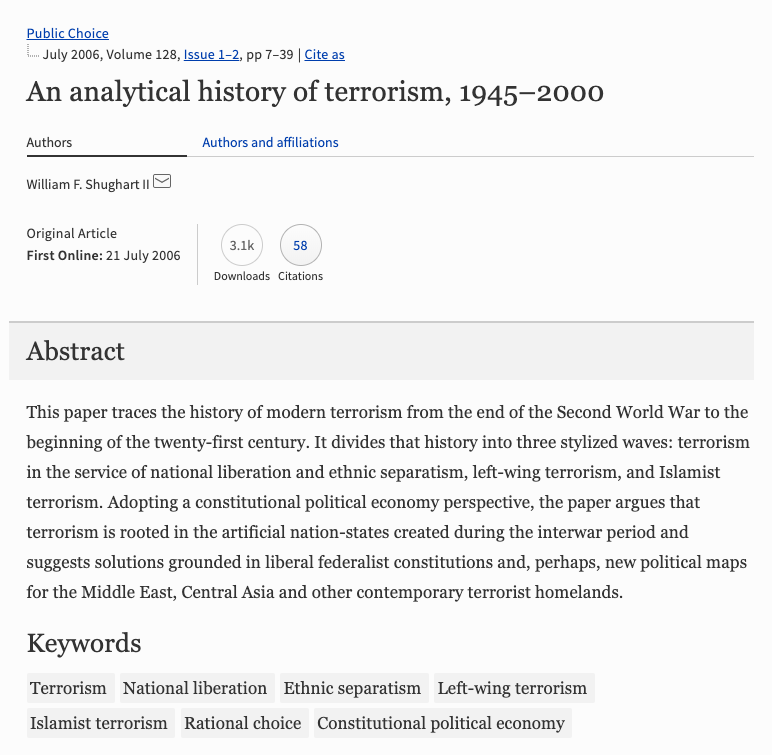] --- # Uses and abuses of the term .font140[ * Terrorism is a grossly overused term * Most people have an idea of what it is, yet terrorism is not very precisely defined * The confusion has gotten worse in the last decades * "[...] virtually any especially abhorrent act of violence perceived as directed against society [...] is often labelled "terrorism" - religious terrorism, ecoterrorism, "corporate terrorism", etc * The meaning of what is illegitimate violence has changed over time ] --- # Reign of Terror .center[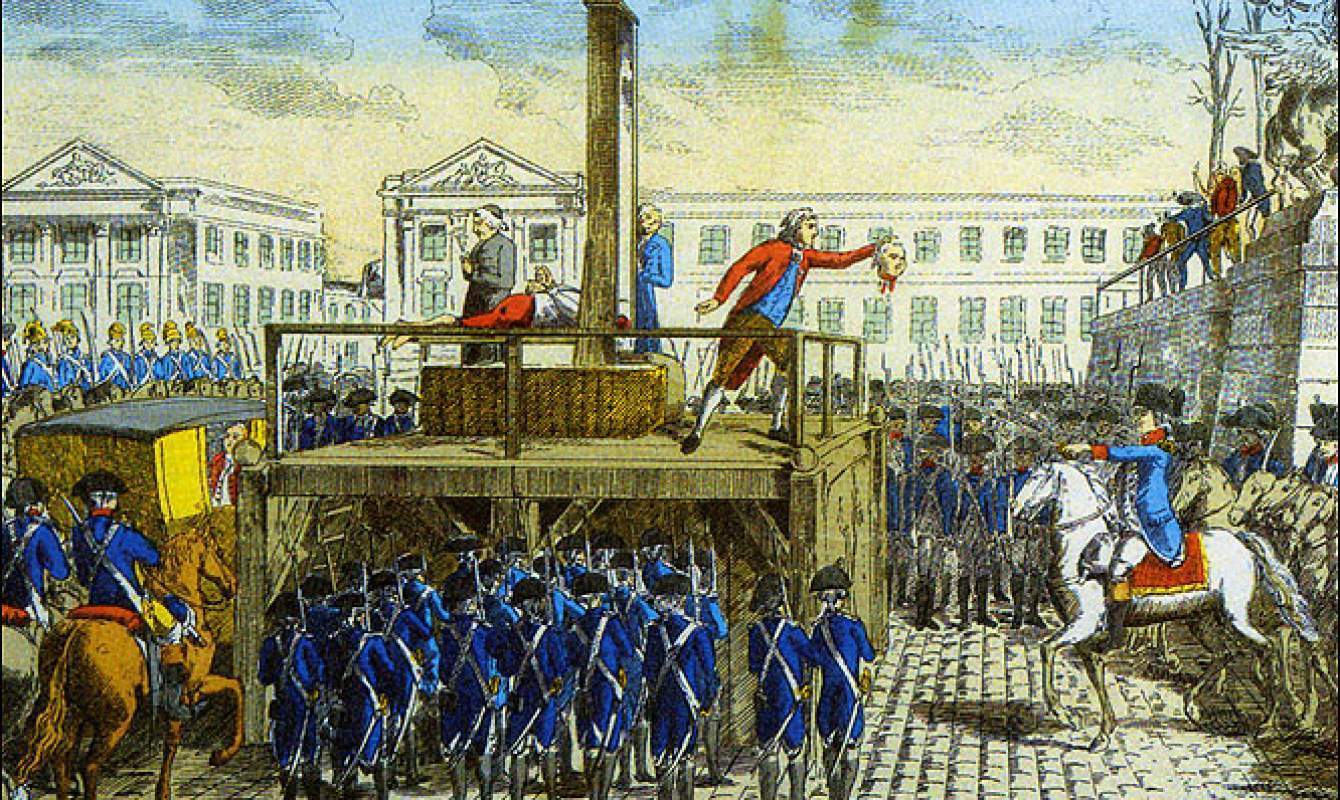] --- # Reign of Terror .font150[ * _Régime de la terreur_ of 1793-1794 * Widespread fear of counterrevolution * Threats of foreign invasion from Austria and Prussia * _Girondins_: more conservative members of the Assembly * Restrain popular violence (lynchings were common) and concentrate power in the hands of the revolutionary government ] --- # The Revolutionary Tribunal .center[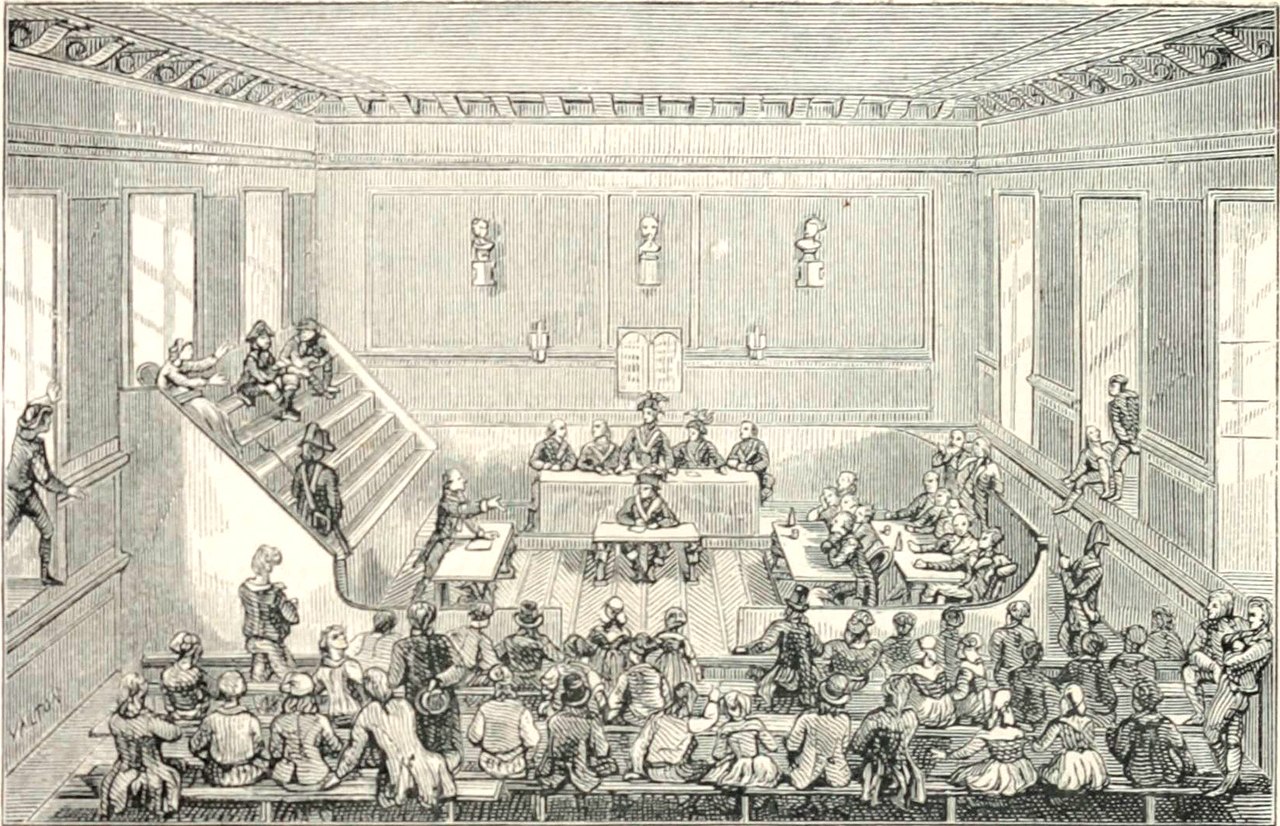] --- # Committee of Public Safety .center[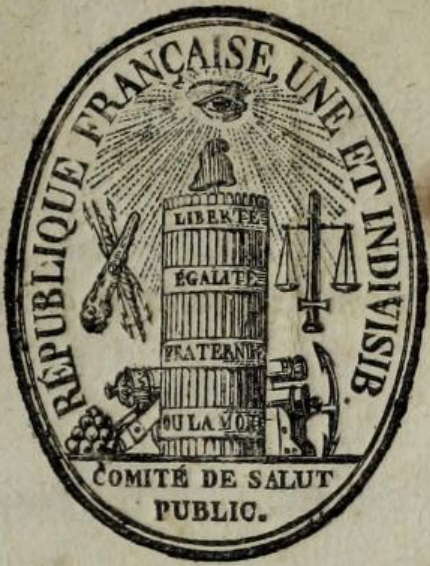] --- # Committee of Public Safety .center[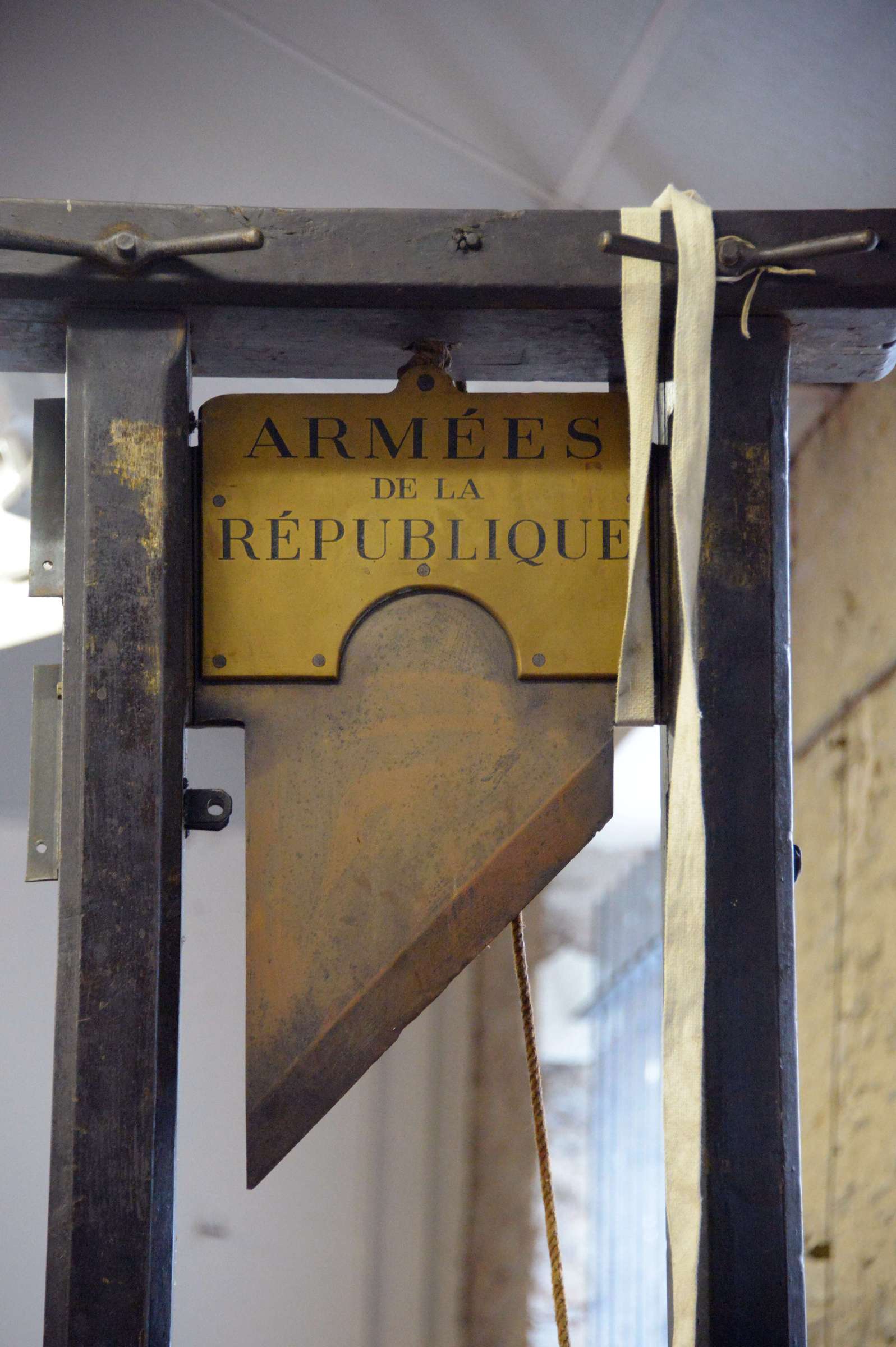] --- # Maximilien Robespierre .center[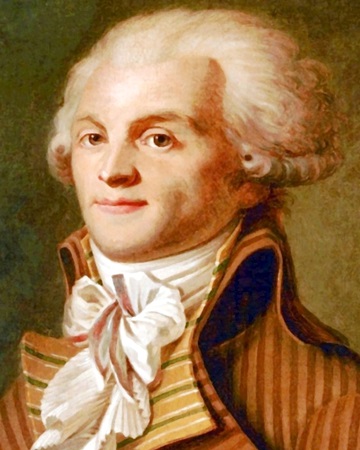] --- # Maximilien Robespierre .font150[ * French lawyer (1758-1794) * Radical member of the Jacobin Club * Advocated for universal male suffrage, the end of slavery, careers open to talent, right to bear arms * Coined the revolutionary motto _Liberté, égalité, fraternité_ * Led the referendum that asked for the execution of King Louis XVI * In about one year, the regime killed 16,594 people in France ] --- # Maximilien Robespierre .font150[ _If the basis of popular government in peacetime is virtue, the basis of popular government during a revolution is both virtue and terror; virtue, without which terror is baneful; terror, without which virtue is powerless. Terror is nothing more than speedy, severe and inflexible justice; it is thus an emanation of virtue; it is less a principle in itself, than a consequence of the general principle of democracy, applied to the most pressing needs of the homeland_ Robespierre, February 1794 ] --- # Narodnaya Volya .center[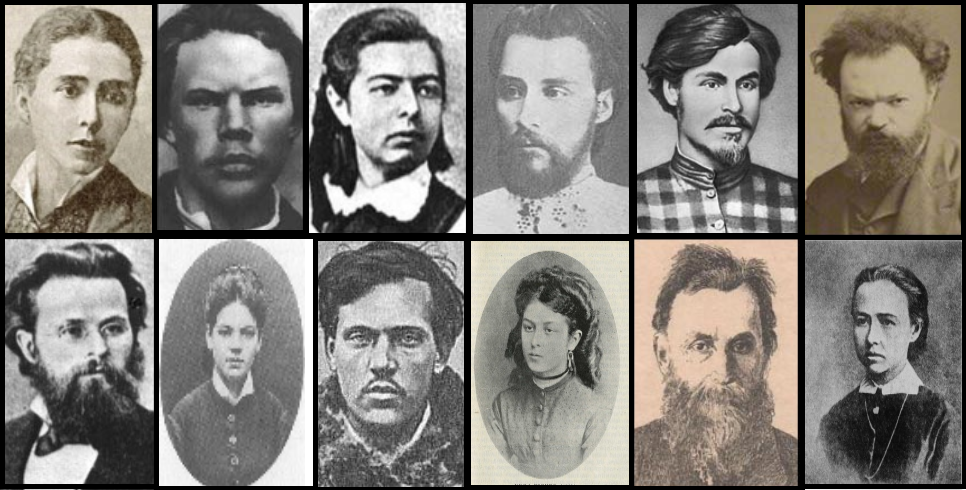] --- # Narodnaya Volya .font150[ * People's Will/People's Freedom * 19th-century revolutionary organisation established to overthrow the tsarist regime * Promoted violent tactics, specially the assassination of government officials * Did not target civilians ] --- # Death of Tsar Alexander II .center[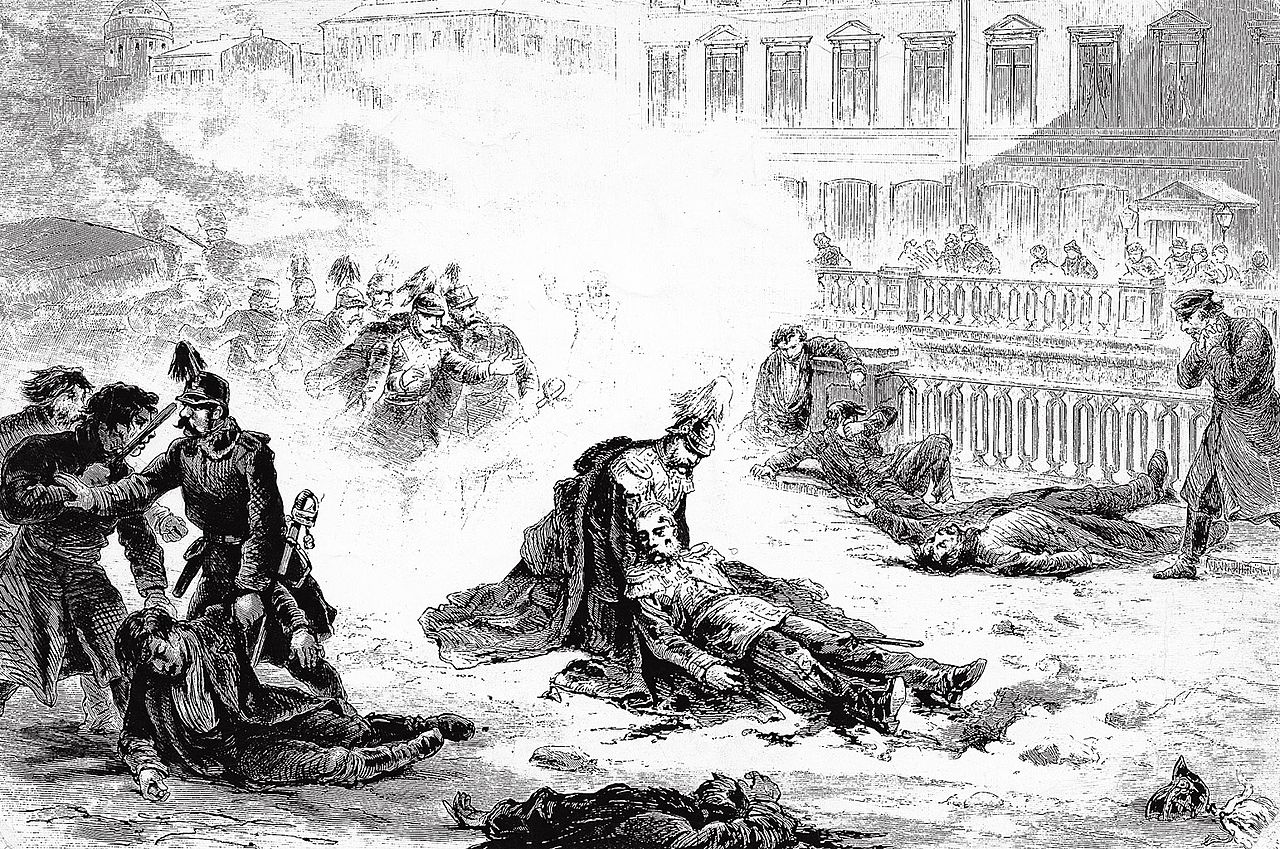] --- # Death of Tsar Alexander II .font150[ * Killed on March 13, 1881 in a bombing attack * The group had "condemned the Tsar to death" for "betraying the Russian people" * Increase in repression: many activists were arrested and executed * Former members of the Narodnaya Volya helped found Russia's Socialist Revolutionary Party * Vladimir Lenin's elder brother, Alexander Ulyanov, was a member of one incarnation of the Narodnaya Volya ] --- # Irish nationalists in the US .center[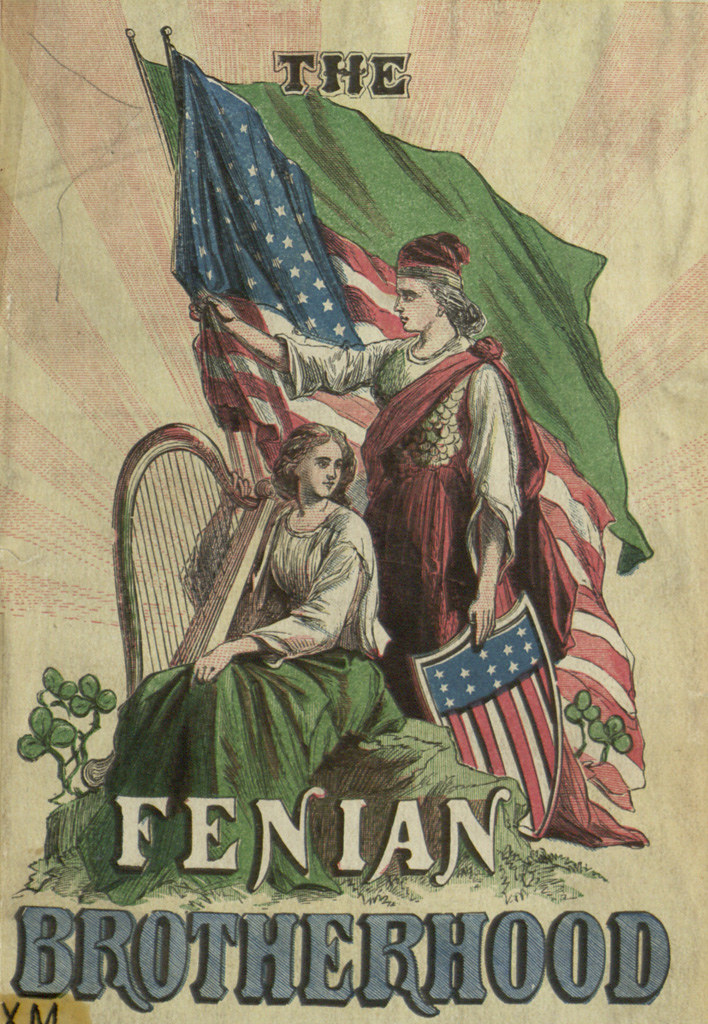] --- # Jeremiah O'Donovan Rossa .center[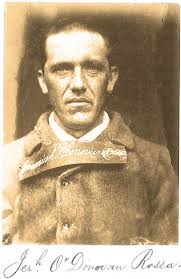] --- # Jeremiah O'Donovan Rossa .font150[ * Irish shopkeeper, arrested without trial in 1858 for "high treason" * Served prison time in England, later deported to the USA * Organised the first ever bombings by Irish republicans of English cities * The campaign lasted through the 1880s and made him infamous in Britain * Bombs exploded in the London Underground, Westminster Palace, and the Tower of London ] --- # Jeremiah O'Donovan Rossa .font150[ * Different from Russian terrorists, the Irish nationalists _intentionally_ attacked civilians * Attacks targeted crowded places and infrastructure * They also had a _transnational base_ * Expertly conducted fund-raising campaigns ] --- # Young Bosnia and Narodna Obrana .center[] --- # Young Bosnia and Narodna Obrana .font150[ * Nationalist groups that wanted to create a unified Yugoslavia free from the Austro-Hungarian Empire * Similar to the Russian terrorists, these groups targeted public officials and state representatives * Support from several secret networks * In June 1914, a member of the Young Bosnia, Gavrilo Princip, successfully assassinated Archduke Franz Ferdinand of Austria * This event led to the outbreak of World War I ] --- # Gavrilo Princip .center[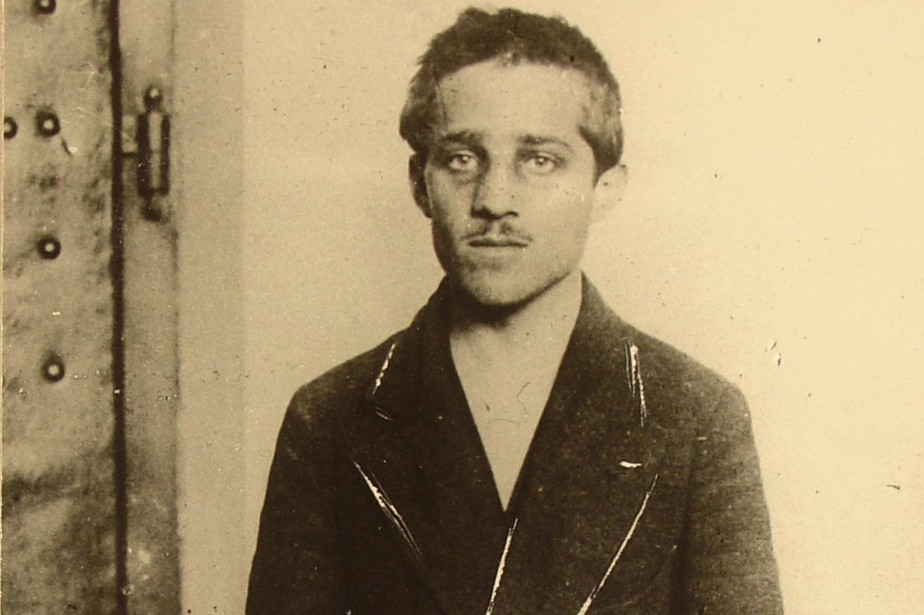] --- # Gavrilo Princip .center[] --- # State terror in the 1930s-1940s .center[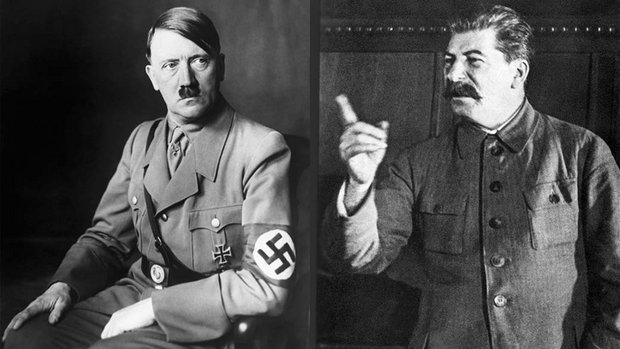] --- # Terrorism after WWII .font150[ * Following the WWII, terrorist groups regained the revolutionary image we still associate them with * Three terrorism waves: * "Liberation movements" in the Third World * "New Left" * "Radical Islamists" ] --- # Anti-colonial terrorism .pull-left[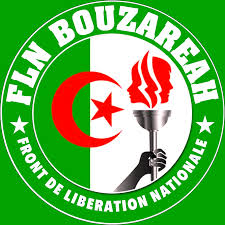] .pull-right[] --- # Anti-colonial terrorism .font150[ * Targeted civil servants and public buildings associated with previous colonial rules * Strong sense of nationalism * Used violence to pressure the international community to support decolonisation * _Largely successful_ * Motivated other groups to use terrorism to achieve political goals ] --- # New left terrorism .center[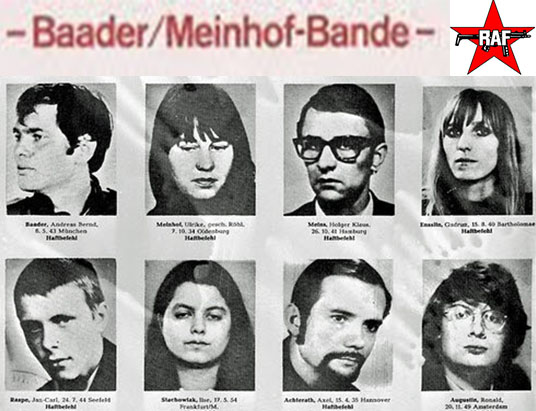] --- # New left terrorism .center[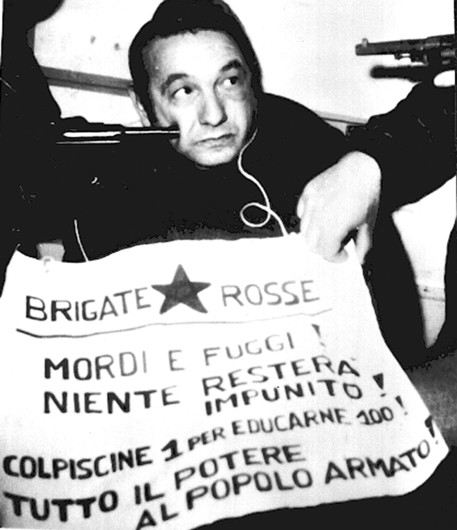] --- # New left terrorism .center[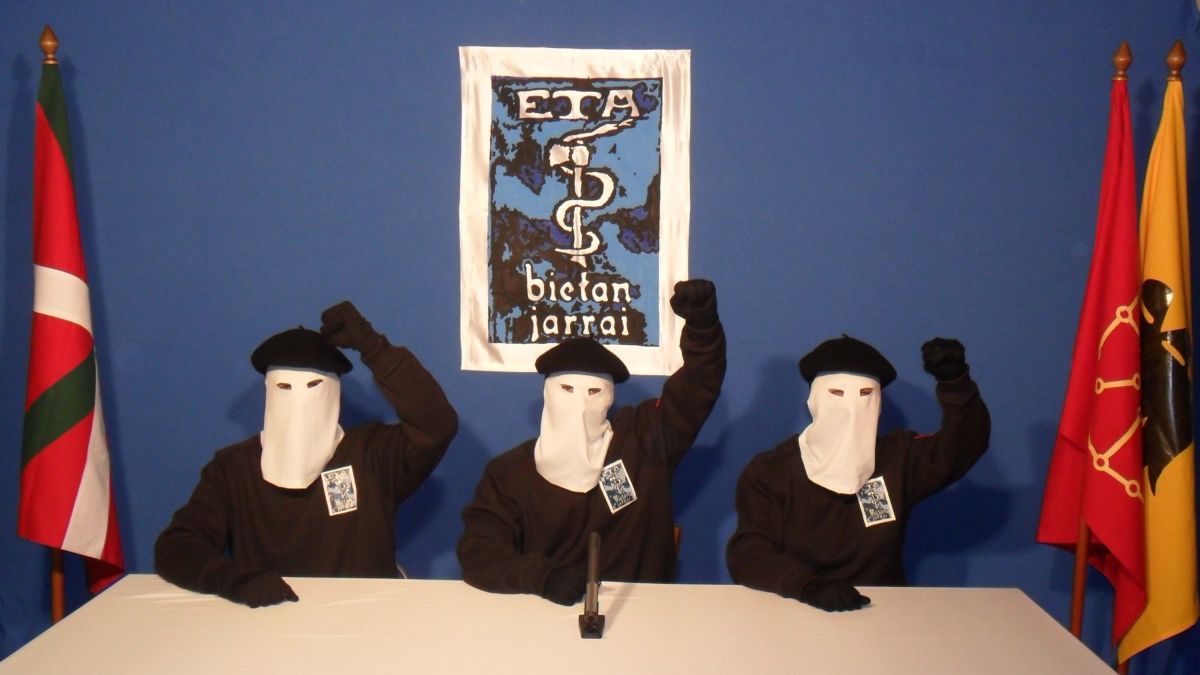] --- # New left terrorism .font150[ * Inspired by Latin American guerrilla groups and the Palestinian fighters * Marxism, Leninism, Maoism * Political assassinations and kidnappings to advance the "anti-imperialistic struggle" * _Largely unsuccessful_ ] --- # Terrorism in the Middle East .center[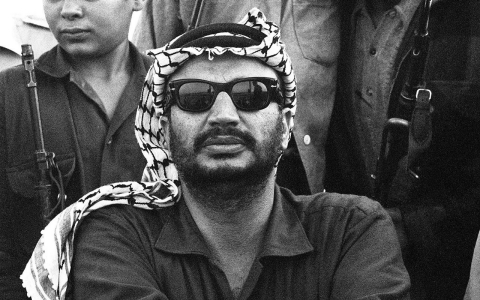] --- # Palestine Liberation Organisation .font150[ * The Palestine Liberation Organisation is largely considered the most significant terrorist group in the Middle East until the rise of Al Qaeda * Founded in 1964, perpetrated several attacks against Israeli citizens in Israel and abroad * They've also collaborated with and trained several other groups, such as Germany's RAF * It is regarded as the main political authority in Palestine, and has observer status in the UN ] --- # Palestine Liberation Organisation .font140[ * Not considered a terrorist organisation any more * In 1993, the PLO recognized Israel's right to exist * Composed by many small nationalist or socialist organisations - Fatah, Hamas, Popular Front for the Liberation of Palestine, Palestinian Liberation Front, etc * Tensions between more secularist groups (e.g., Fatah) and religious ones (e.g., Hamas) * Chairman of the PLO Executive Committee: Mahmoud Abbas ] --- # Palestine Liberation Organisation .center[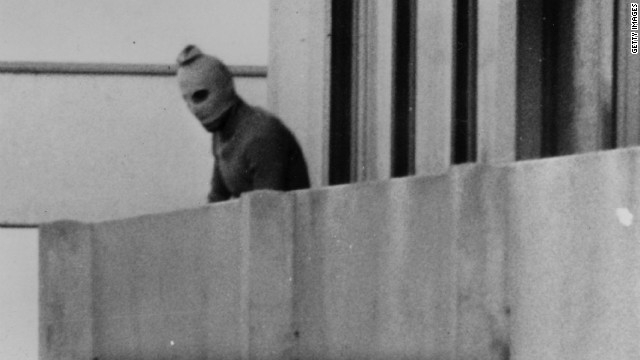] --- # Terrorism in the Middle East .center[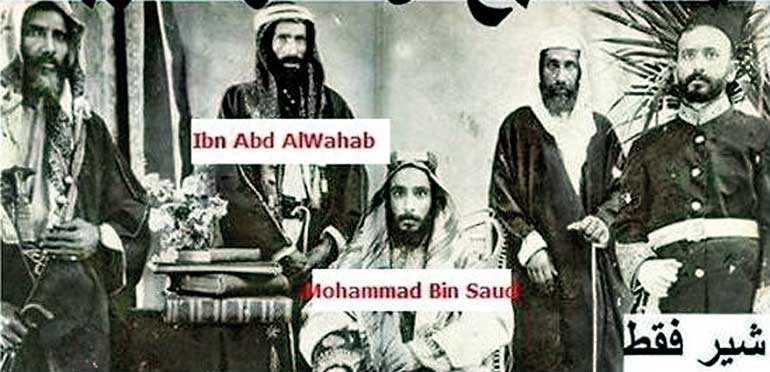] --- # Hassan Al-Banna .center[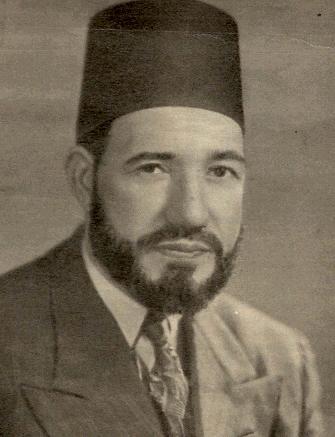] --- # Muslim Brotherhood .font150[ * Created in 1924 to fight against colonial rule, Western materialism, and secularism in th Egyptian society * Pan-Islamism: Islam to be a comprehensive system of life, with the Quran as the only acceptable constitution * Abandoned gradualist approaches and slowly became more militarised * Instrumental in the training of other Islamist groups * Suffering a recent crackdown in Egypt and other countries ] --- # Al Qaeda .center[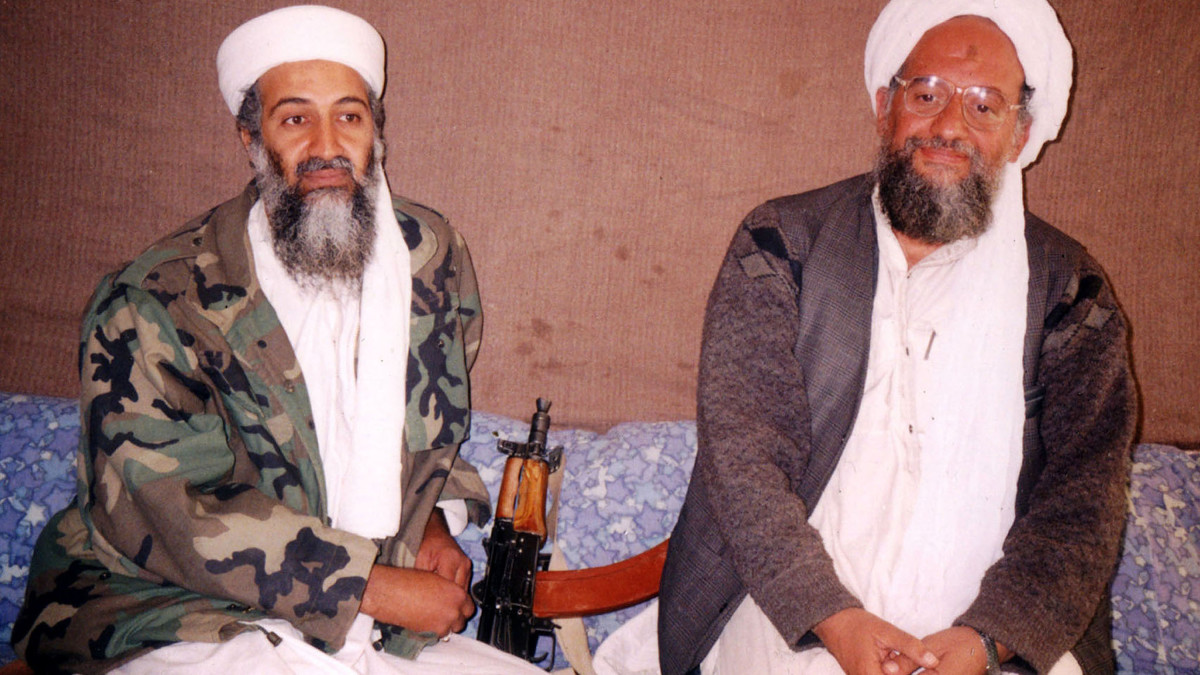] --- class: inverse, center, middle # What is terrorism, then? <html><div style='float:left'></div><hr color='#EB811B' size=1px width=800px></html> --- # What is terrorism? .font150[ * Early terrorists were happy to use the term to describe themselves * Robespierre, the Narodnaya Volya, both openly said that terror was their main goal * Later, the term gained a pejorative tone and no organisation today states that they are a terrorist group - "Liberation Front", "Popular Liberation Army", "Resistance Movement", etc * _Terrorist is our enemy_ ] --- # Humanitarian law .font150[ * Arafat: "_people who struggle to liberate themselves from foreign oppression and exploitation have the right to use all methods at their disposal, including force._" * However, there is some order in war, too: humanitarian law * Terrorists have widely disregarded those rules - Attack innocent civilians, torturing POWs, violate neutral territories, etc * Terrorists also attack other countries that have no connection with their goals ] --- # Definitions .font150[ * Alex Schmid, author of "Political Terrorism: A Research Guide", devotes _more than a hundred pages to examining more than a hundred different definitions of terrorism_ * Walter Laqueur did not even try to define terrorism in his work * But we need a working definition of terrorism to know our object of study ] --- # Definitions .font150[ * Contrast terrorism with civil war: guerrillas often control parts of the territory, openly identify themselves, and use propaganda to mobilise supporters, etc. Terrorist groups generally don't * Contrast terrorism with ordinary criminals: purpose of violence is not the same. Criminals have selfish reasons and do not intent to cause broad consequences * Contrast terrorism with "lunatic assassins": goals of the assassin are idiosyncratic and deeply personal. Often are apolitical ] --- # Definitions .font150[ * Few characteristics: - ineluctably political in aims and motives; - violent—or, equally important, threatens violence; - designed to have far-reaching psychological repercussions; - conducted either by an organization or by individuals with a clear inspiration from the leaders; and - perpetrated by a subnational group or nonstate entity * **Question**: do you agree with all those terms? Why or why not? ] --- # Alison M. Jaggar (2005) .center[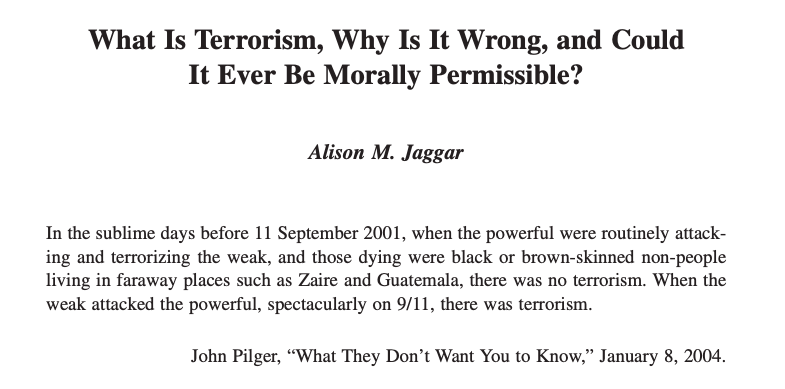] --- # Theoretical puzzle .font150[ * Increasing resistance to acknowledging the possibility of state terrorism * Police violence or military actions can be classified as terrorism * Image of "brown-skinned Arab or Muslim looking terrorist" * This obscures other types of terrorism, such as lynching, crossburnings or gay-bashing * _We need a more comprehensive understanding of terrorism_ ] --- # Proposed definition of terrorism .font150[ * She argues that a definition needs to meet the following criteria: * Conservative: disturbs existing usage as little as possible * Consistency and non-arbitrariness: improve consistency * Precision: help differentiate among phenomena that may otherwise be confused * Impartiality: resist moral arbitrariness and bias ] --- # Purposes and goals of terrorism .font150[ * Short term: create a climate of terror * Long term: depends - right to war (_ius ad bellum_) and _ius in bellum_ (humanitarian law) * Not all terrorist groups have unjust goals * Also, civilians can cooperate with unjust governments too, so they are not considered innocent ] --- # Proposed definition of terrorism: .font150[ _Terrorism is the use of extreme threats or violence designed to intimidate or subjugate governments, groups, or individuals. It is a tactic of coercion intended to promote further ends that in themselves may be good, bad or indifferent. Terrorism may be practiced by governments or international bodies or forces, sub-state groups or even individuals. Its threats or violence are aimed directly or immediately at the bodies or belongings of innocent civilians but these are typically terrorists’ secondary targets; the primary targets of terrorists are the governments, groups or individuals that they wish to intimidate._ (p. 209) ] --- # Moral dimensions of terrorism .font150[ * She claims that terrorism is always morally repugnant: it involves coercion and violence * Terrorists attack those who do not represent a threat to them * But can it ever be justified? * **What do you think?** ] --- # Moral dimensions of terrorism .font150[ * Some argue that violence is always immoral * However: "_Terrorism is certainly heinous but that something is heinous does not entail that it is prohibited in all circumstances; it merely entails that anyone wishing to argue its moral permissibility bears a heavy burden of proof." (p. 213) * Extreme circumstances require extreme actions? ] --- # Moral dimensions of terrorism .font150[ * Seven criteria to justify terrorism: - Just cause - Competent authority - Right intention - Proportionality - Last resort - Reasonable hope of success - The aim of peace * How would you classify the following groups according to those criteria: Al Qaeda, Russian anarchists, French revolutionaries, Latin American _guerrilleros_? ] --- class: inverse, center, middle # Questions? <html><div style='float:left'></div><hr color='#EB811B' size=1px width=800px></html> --- # How definitions impact research .font150[ * Research on terrorism has increased substantially since 9/11 * But as we've seen, scholars cannot agree on a definition of terrorism * What is the impact of different definitions on research results? * They survey 9 political science journals since 1980 * Domestic versus international terrorism should be seen as different processes ] --- # Defining terrorism .font150[ * Qualitative, case-study work has dominated the terrorism literature for decades. * Scholars define terrorism to fit the case(s) under study * **Problem:** what defines terrorism in one country (i.e., fighting colonial powers) may not explain other types of terrorism * **Solution:** analyse the cases separately, as there is enough variation in the datasets to explore differences in definitions ] --- # Different types of terrorism .font150[ * Dozens of different typologies * Not all of them useful to predict future cases * **Problem:** much attention has been given to the perpetrators and victims of the violence, but much less attention has been given _to the targets_ * **Solution:** differentiate between the country of origin of the terrorists and their target countries. Assume that domestic terrorism have different causes from international attacks ] --- # Unit of observation .font150[ * Most studies analyse one country at a time, mostly the one which suffered the violence * This does not tell us much about transnational terrorism * **Problem:** it is unclear which unit of analysis we should use * **Solution:** sometimes it is useful to analyse terrorism _in pairs_, that is, ISIS attacks in Pakistan are not the same as ISIS attacks in France ] --- # Results .font140[ * Their models show a significant relationship between executive constrains and domestic terrorism (tables 1-3, p. 423-4) * There is, more democratic countries tend to have more terrorist attacks. Why is that the case? * Also, there is no relationship between executive constrains and _exporting_ terrorism, that is, the country of origin of the terrorists (table 4). Again, why do you think that's the case? * Lastly, democratic participation in most cases is unrelated to domestic and transnational terrorism, suicide terrorism, and the export of terrorism ] --- # To sum up .font150[ * Terrorism has a long history, from the French Revolution until ISIS * It has been used by states and non-state actors alike * After WWII, it became associated with three groups: 1) anti-colonial movements; 2) left-wing organisations; 3) more recently, Middle Eastern groups * Defining terrorist is hard, but we all agree that they are violent acts designed to inflict terror in order to achieve political goals ] --- # To sum up .font150[ * Research designs should consider the variety of terrorist definitions and be careful about how these differences may influence results * Terrorism can be combined with other types of violence * As we'll see over the next weeks, terrorism can be a rational strategy, but it is not clear whether it works ] --- class: inverse, center, middle # See you next week! <html><div style='float:left'></div><hr color='#EB811B' size=1px width=800px></html>